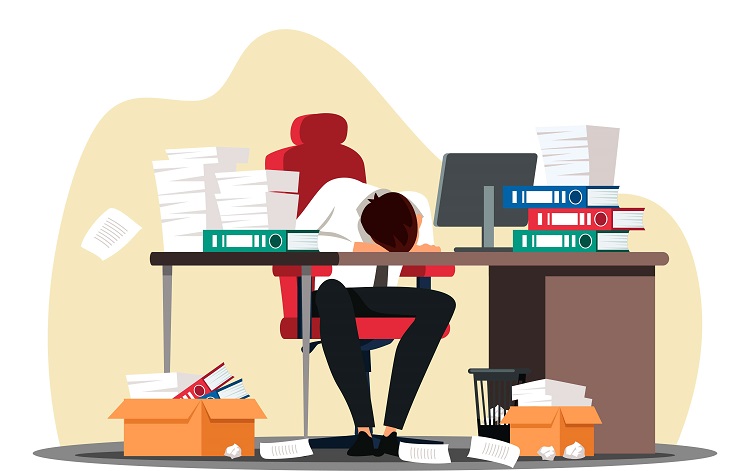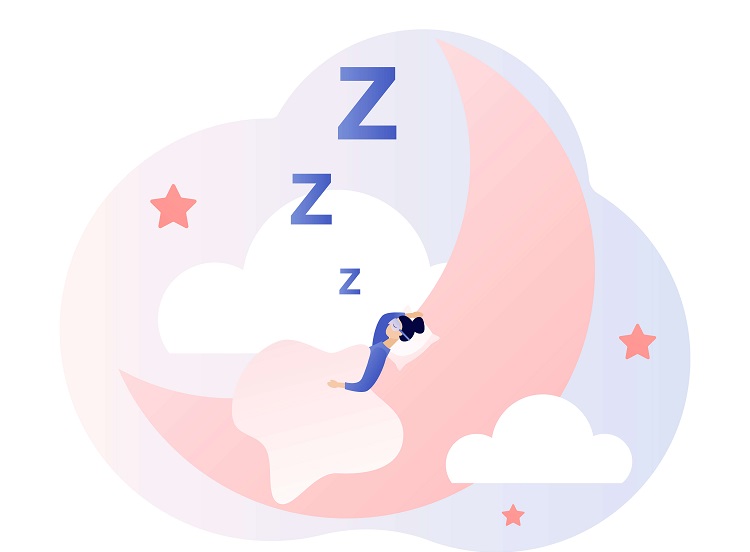If you find yourself dozing off during the day – you’re not alone.
Napping has many health and psychological benefits, although sleeping too long can have negative effects as well.
These napping statistics will show you just how important it is to catch a few Zs in the middle of the day.
Table of Contents
ToggleGeneral Napping Statistics and Facts 2024
- 1 out of every 3 people in the US nap during the day.
- The ideal length of a nap should be between 15 and 30 minutes.
- There are 3 types of naps – planned naps, emergency naps, or habitual naps.
- Naps shorter than 20 minutes will generally not interfere with your nighttime sleep habits.
- Napping longer than 60 minutes can increase the chance of experiencing insomnia.
- The best time to nap is 8 hours after you wake up and 8 hours before you go to sleep.
- 85% of mammals are polyphasic, which means they sleep throughout the day instead of for prolonged periods at night.
Benefits and Negative Effects of Napping Statistics 2024
- Napping can increase your happiness by 11% and your quality of interactions with others by 10%.
- A 60-minute nap has been shown to improve alertness for up to 10 hours.
- A 40-minute nap can increase performance by 34%.
- Napping for just 6 minutes can improve memory and information retention.
- People who nap at least twice a week have a 12% chance of reducing their risk for heart disease. Napping three times a week can decrease heart disease by 37%.
- Sleeping for 90 minutes during the day has the same learning benefits as an 8-hour sleep at night.
- Napping can reverse some of the negative effects of nighttime sleep loss, including overeating.
Nap Statistics and Demographics 2024
- Men are more likely to nap than women (38% compared to 31%), although 74% of women get less sleep each night than men.
- Naps are more common among people making less than $30,000 (42%) compared to people who make over $100,000 (33%).
- In one study conducted by the Pew Research Center, 50% of nappers were black, 33% were Hispanic, and 32% were white.
- 52% of adults over the age of 80 nap every day.
- 29% of nappers have a high school degree or lower.
Napping at Work Statistics 2024

- 34% of employers (including Google, Zappos, and Uber) don’t mind if employees nap at the office during the day.
- 16% of companies have a napping room for employees.
- Every year, US employers can lose up to $136 billion in productivity costs due to sleep deprivation.
You might be interested to check those related posts as well:
- 20 Interesting Neuroeducation Stats 2024 [Facts & Figures]
- Life-Changing Procrastination Stats 2024 [Trends and Facts]
- 64 Amazing Millennial Marketing Stats 2024 [Facts and Trends]
FAQ
How long is a nap?
Naps can be as short as 5 minutes or as long as 2 hours.
10 to 20-minute naps are called power naps since they can leave you feeling refreshed and more alert.
90-minute naps allow you to experience an entire sleep cycle (although there may be an increased chance of insomnia at night).
How many calories does napping burn?
The number of calories you burn will depend on your size and body weight. But generally speaking, one hour of sleep can burn anywhere from 50 to 80 calories an hour.
If you’re only napping for 15 or 20 minutes, then you’ll burn around 10 to 15 calories.
What is the percentage of people above 60 naps?
20% to 60% of people over the age of 60 nap during the daytime. As people age, they experience changes in their circadian rhythm, which means they sleep less throughout the night.
Older people may also have more health problems that cause them to nap during the day.
Conclusion
A well-timed nap can make you more alert and focused.
As long as you make sure to set your alarm, you can enjoy all the wonderful benefits of napping while also helping you sleep better throughout the night.
Sources:
- Disturb Me Not
- Pew Research
- Fact Retriever
- blog.sage.hr



